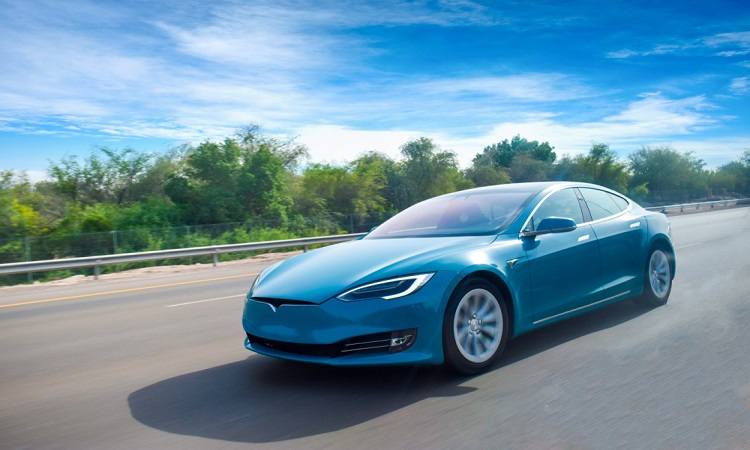Different Types of Driving Licences and Who Can Apply
Different Types of Driving Licences and Who Can Apply

Types of Driving Licences in India
However, holding the proper driving licence is a prerequisite to getting behind the wheel. If you want to ride a bike, drive your car, or handle heavy vehicles for work, you need to know about the different types of licences and what they allow.
Picking the wrong licence or filing too early could get you turned down or fined. It goes over everything, from the different kinds of licences to the age requirements and even gives you tips on how to make the process easier.
Licence Categories Explained: Pick What Fits Your Ride
Because there are so many types of cars on the road, the transport authority gives out different types of driving licences in India. In each group, there is a description of the type of car, its weight, and its intended use (for personal or business reasons). Here is an in-depth breakdown:
• Learner’s Licence (LLR): Valid for six months, allows supervised driving only. Requires passing a written test on traffic laws. "L" plates are mandatory.
• Light Motor Vehicle (LMV): For cars, jeeps, vans, taxis, and vehicles under 7500 kg. Minimum age: 18. Includes private and commercial use.
• Motorcycle Without Gear (MCWOG): For scooters/mopeds without manual gears. Minimum age: 16 with parental consent.
• Motorcycle With Gear (MCWG): For bikes with manual gears (e.g., Royal Enfield, Pulsar). Minimum age: 18. Involves actual vehicle control tests.
• Transport Vehicle Licence (Heavy and Medium): For delivery trucks, buses, tankers. Minimum age: 20. Requires training and prior LMV licence.
• Trailer/Transport with Attachment: Required for pulling trailers/semi-trailers using heavy vehicles. Prior transport licence and experience mandatory.
• E-rickshaw/Three-Wheeler Licence: For electric rickshaws and 3-wheelers. Age: 18+, must hold a learner’s licence.
Eligibility Criteria: Who Can Apply and When?
Not only is age a factor, but so are education, training, and the type of use (private vs. business). Here’s what you need:
Basic Requirements Across All Categories:
• Must be able to see well enough.
• Need to pass the test to drive that particular automobile.
• Proof of address and age is required.
• Should not be disqualified due to prior driving violations.
Special Criteria for Commercial Licences:
• Minimum education: 8th standard pass.
• Must receive training from a government-approved school.
• Should hold an LLR for at least 30 days.
Age Criteria: How Old Should You Be?
Different types of vehicles have different age limits to ensure only responsible and experienced drivers operate heavier or more dangerous vehicles.
| Licence Type | Minimum Age |
|---|---|
| Motorcycle Without Gear | 16 years |
| Motorcycle With Gear | 18 years |
| Light Motor Vehicle (LMV) | 18 years |
| Commercial/Transport Vehicles | 20 years |
Note: Parental consent is mandatory for applicants under 18.
Licence Purpose: Personal vs. Commercial Use Matters
Determining the proper licence depends on whether you're driving for personal or commercial reasons. Match your intent to the licence:
For Personal Use:
• MCWOG and MCWG for two-wheelers.
• LMV licence for small family cars.
• E-rickshaw licence for personal use commuting.
For Commercial Use:
• LMV-TR for taxis or vans under 7500 kg.
• HMV/MMV for logistics, buses, and goods carriers.
Tip: Always check your car insurance plan to make sure it aligns with the type of vehicle your licence permits. A mismatch can result in denied claims.
If you need to update your licence (e.g., name/address), follow the proper RTO procedures. Refer to our guide on how to change/update the name on a driving licence.
Conclusion
It’s more than just a legal requirement to understand the various driving licences in India—it’s about safety, compliance, and smooth insurance claims. Whether you're a young scooter rider or a commercial truck driver, be sure to have the right licence for your vehicle, purpose, and age.
From MCWG eligibility to commercial licence training, the journey is structured and manageable. Drive safely, stay informed, and keep your paperwork updated. Your driving licence is your legal passport to mobility.
FAQs
1. Is it possible for me to have more than one driving licence?
No. As per Indian law, a person can hold only one licence, though it may cover multiple categories (e.g., MCWG + LMV).
2. Can I get a driver’s licence without auto insurance?
Yes, during your learner phase or testing, but to drive legally post-approval, you must have valid car insurance.
3. What happens if I'm caught driving a vehicle that doesn’t match my licence category?
You may face a fine up to ₹5,000 or jail time. Additionally, insurance claims may be rejected.
Disclaimer: The above information is for illustrative purposes only. For more details, please refer to the policy wordings and prospectus before concluding the sales.
Related Blogs:
• Driving Licence Renewal in Maharashtra: A Complete Guide
• PSV Badge Driving Licence – A Detailed Guide
• How to Change/Update Name on Driving Licence in India










 Health Insurance
Health Insurance  Travel Insurance
Travel Insurance  Car Insurance
Car Insurance  Cyber Insurance
Cyber Insurance  Critical Illness Insurance
Critical Illness Insurance
 Pet Insurance
Pet Insurance
 Bike/Two Wheeler Insurance
Bike/Two Wheeler Insurance  Home Insurance
Home Insurance  Third Party Vehicle Ins.
Third Party Vehicle Ins.  Tractor Insurance
Tractor Insurance  Goods Carrying Vehicle Ins.
Goods Carrying Vehicle Ins.  Passenger Carrying Vehicle Ins.
Passenger Carrying Vehicle Ins.  Compulsory Personal Accident Insurance
Compulsory Personal Accident Insurance  Travel Insurance
Travel Insurance  Rural
Rural 











